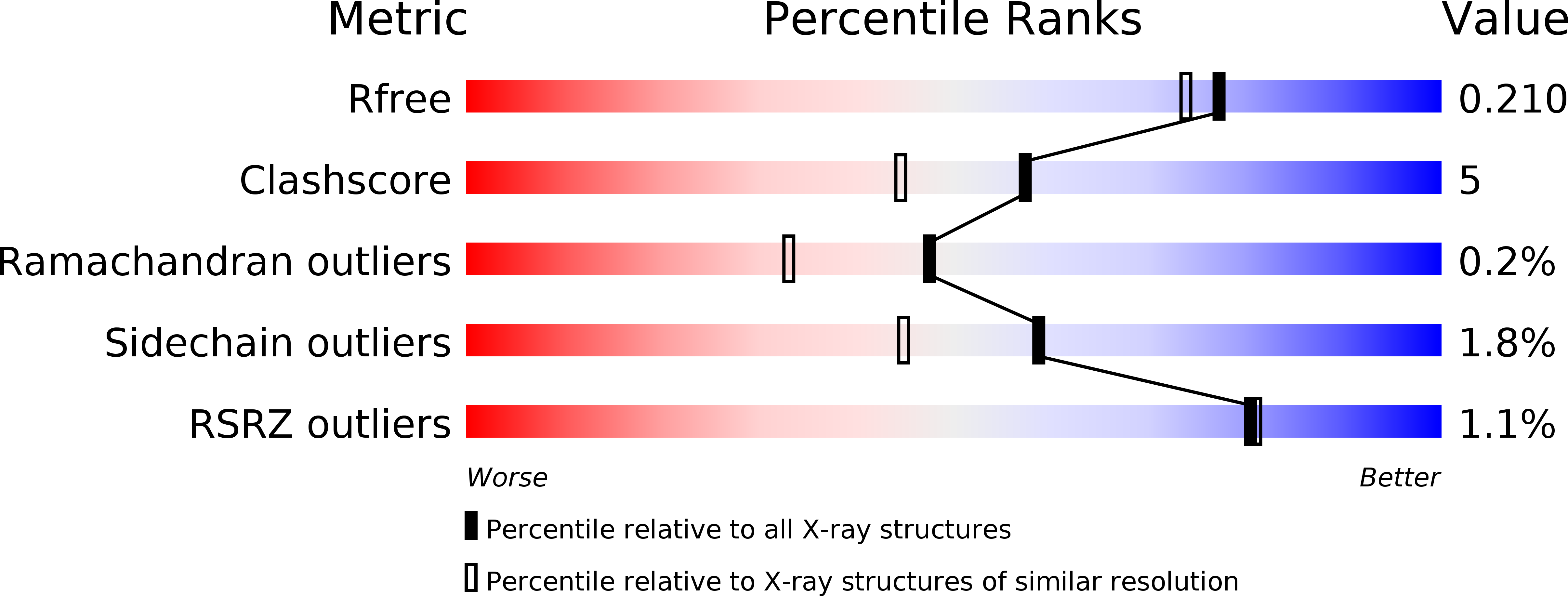
Deposition Date
2013-05-24
Release Date
2013-10-30
Last Version Date
2023-11-08
Entry Detail
PDB ID:
3WC4
Keywords:
Title:
Crystal structure of UDP-glucose: anthocyanidin 3-O-glucosyltransferase from Clitoria ternatea
Biological Source:
Source Organism:
Clitoria ternatea (Taxon ID: 43366)
Host Organism:
Method Details:
Experimental Method:
Resolution:
1.85 Å
R-Value Free:
0.21
R-Value Work:
0.17
R-Value Observed:
0.17
Space Group:
P 1 21 1


